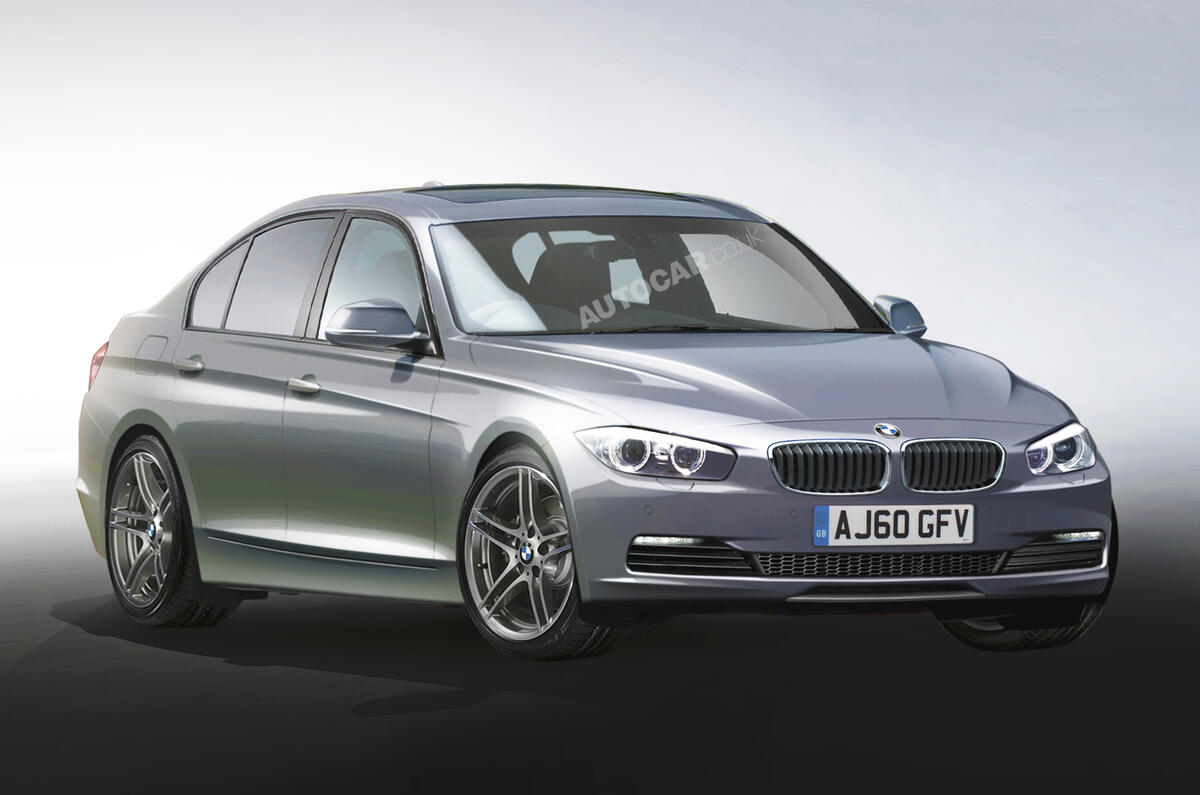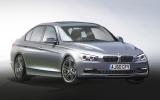BMW is putting the finishing touches to its sixth-generation BMW 3-series before a planned public debut at the Detroit show early next year.
The new model, codenamed F30, is now in the final phase of a three-year durability testing programme.Lightly disguised prototypes of the saloon are now a frequent sight on the roads around BMW’s Munich headquarters and the Nürburgring.
See spy pics of the BMW 3-series, plus new undisguised images
The saloon will be the first model to arrive, but BMW has plans for five further 3-series body styles: Touring, GT, coupé, convertible and GranCoupé. The last three will dispense with 3-series nomenclature for an all-new 4-series nameplate.
UK sales of the new saloon will start next March at prices expected to be an average of four per cent higher than today, in line with extra standard kit.
Styling
Visually, the new 3-series leans heavily on the latest 5-series in a bid to provide BMW’s two best-selling models with a more unified appearance.
From the front, the two share a similar look that is continued along heavily structured sides to a high-set rear, which gives the new car a more wedge-shaped profile.
The kidney grille is shaped to evoke the shark nose treatment redolent of the original 1975 E21 3-series. Underneath it, full-width air ducts accentuate the car’s width. The bonnet carries heavy contouring similar to that brought to the outgoing model during a 2009 facelift.
Other characteristic design flourishes include defined front wheel arches, prominent swage lines running down the flanks, a traditional Hofmeister kink in the trailing edge of the rear side quarter window, a heavily angled rear window and a relatively high bootline.
Engineering
The new 3-series is underpinned by a heavily reworked platform with a wheelbase that is 50mm longer and tracks that have increased by about 20mm at the front and 15mm at the rear. The aim is to give the car the interior space to match its main rivals, the Audi A4 and Mercedes-Benz C-class. Rear seat accommodation is said to have benefited greatly and BMW sources have revealed that the rear door aperture is considerably larger now.
The new 3-series forgoes traditional MacPherson strut suspension up front for a new, space-saving double wishbone design said to give a shorter front overhang, improved wheel control and a slight reduction in turning circle over today’s model.
The rear continues with multi-link suspension, but it receives a greater number of aluminium components and has variable damper control.
Further changes include the adoption of electro-mechanical steering, which will come with an ActiveSteering option to provide variable assistance according to speed.



















Add your comment